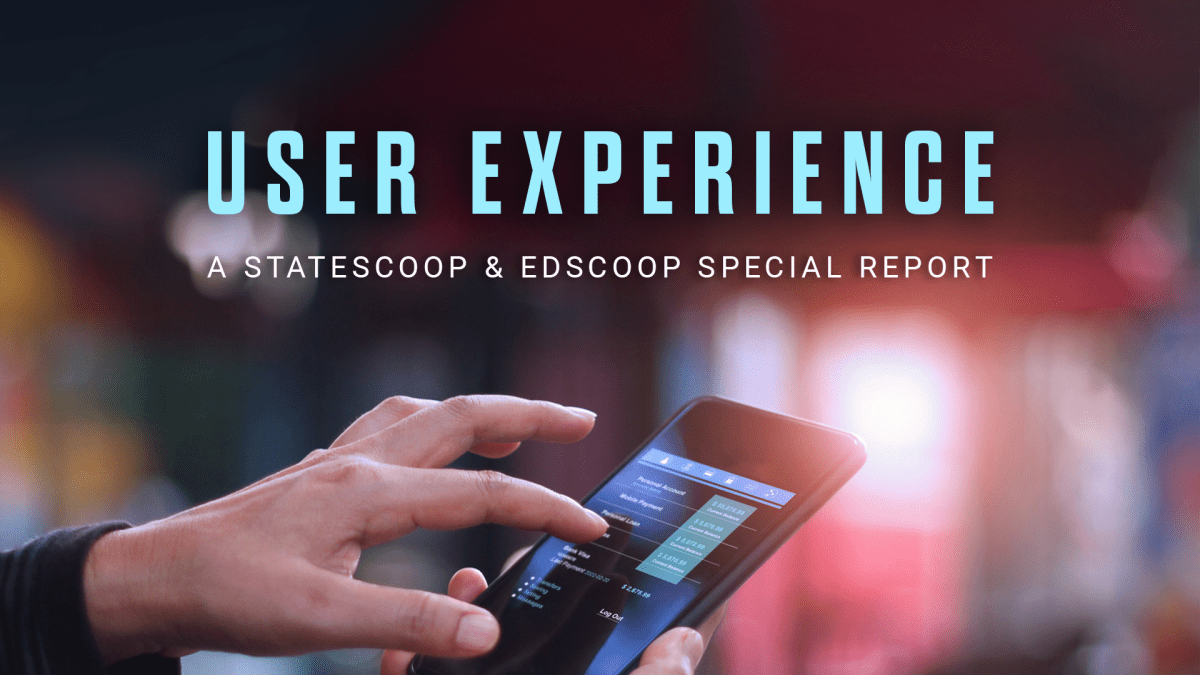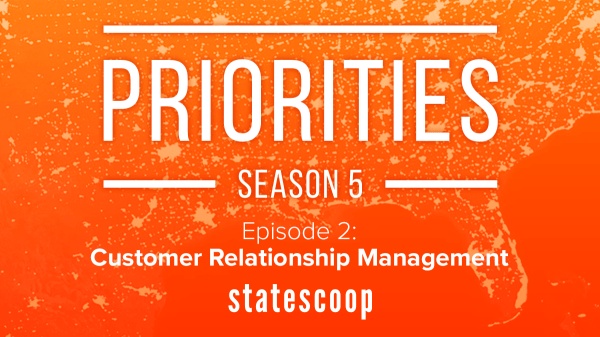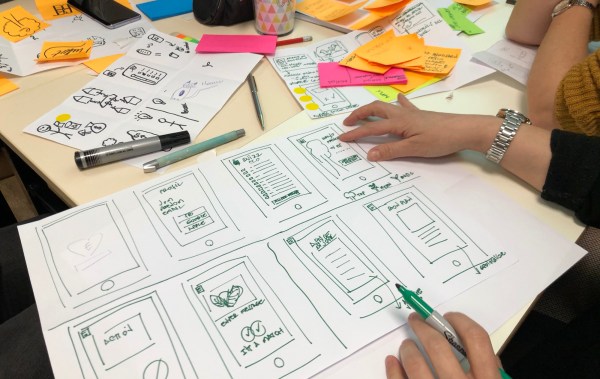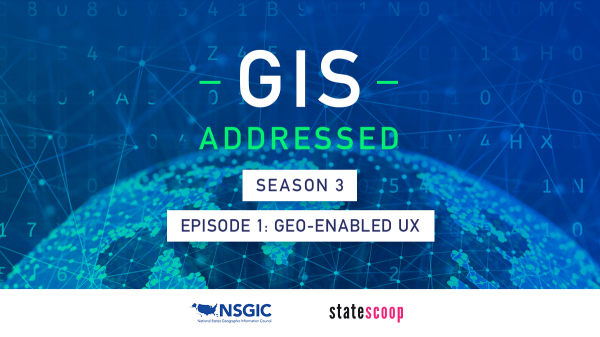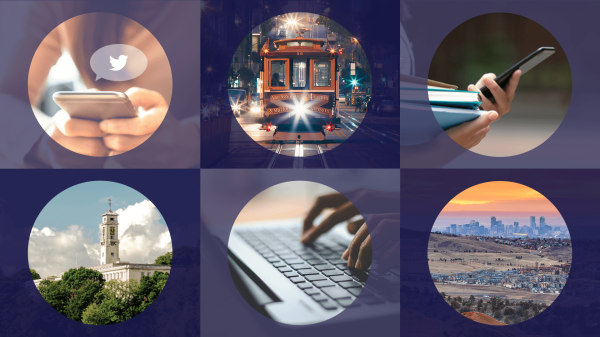For a long time, the job of state and local technology leaders has simply been to keep things running smoothly. Millions of residents are depending on hundreds of services to stay constantly available — protected from cyberattacks, their personal information secured. But this legacy of putting functionality ahead of design is fading as everyone comes to expect government to offer the same intuitive and simple designs they see everywhere else in the world.
It’s no longer enough simply to be online and government’s technology leaders know it. Considerations of improved user experience — like modern user interfaces and user-centered design — have seeped into the CIO’s lexicon. Excellent user experience is increasingly viewed not as perk or premium feature, but an integral part of what it means to have digital services in the first place.
Separate log-ins for each service? “Why do you have to? That doesn’t make sense,” Ohio CIO Ervan Rodgers tells StateScoop in a video interview explaining his state’s identity and access management project.
Recruiting top talent for a standalone agency that can whip the state’s digital offerings into shape? Market the position as a two-year public-service stint on a public Slack channel, says Kelly Taylor, head of the new Colorado Digital Service.
And as Code for America — the nonprofit group that taught many government agencies how to do digital services better — turns 10 years old, it watches government enter a new phase of life. That’s one in which they don’t need the group’s help and the public can hold government accountable. San Francisco Chief Data Officer Jason Lally says the group’s legacy is creating a broader call to action to improve digital services.
This collection of news articles, interviews and podcasts only scratches the surface of the work being done in government and for educational institutions today.
But our editorial team at StateScoop and EdScoop believe this special report will help those working with and within the public sector to better understand what user experience means and how they can harness it to improve their organizations.
